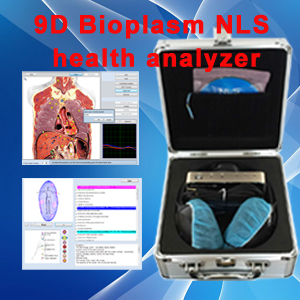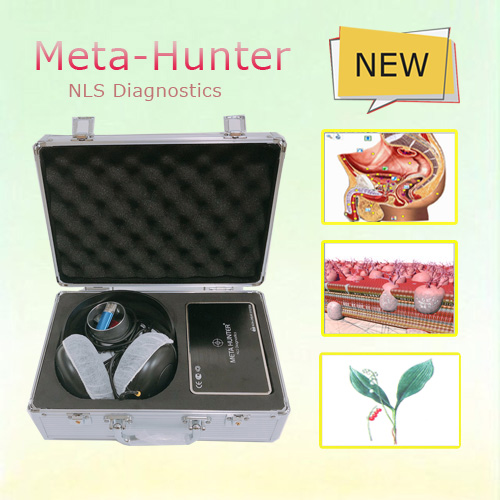How To Deal With Twitching Legs
Author:Bioplasm UpdateTime:2018-03-29
Restless legs syndrome is a disorder of the nervous system. Patients with RLS have uncomfortable feelings in their legs; patients say it feels like something is crawling under their skin. Other feelings might include pain, itching, and pins and needles.
These feelings only occur when patients are resting, mostly in the evenings and during sleep. These unpleasant feelings go away when people move their legs. Patients with RLS have a strong urge to keep moving their legs. Patients say they cannot resist the urge to keep moving their legs. When sleeping, leg twitching is common.
About one in 10 people have RLS. It affects people of all ages, but most patients tend to be middle aged. RLS usually worsens with age. More women than men have RLS. Many pregnant women experience RLS, but it usually goes away after the baby is born. Most people with RLS have serious sleep problems. RLS patients are then tired the next day and have problems paying attention to what they are doing. Many patients say they don't have the energy to do the things they like to do.
What Causes RLS?
RLS can be caused by genes, which is why it tends to run in families. This is called primary RLS. Often RLS is related to another medical issue. This is called secondary RLS. Some conditions causing RLS include kidney disease, low iron levels, anemia, high blood pressure, heart disease and diabetes.
Your doctor may order lab tests to determine if you have low iron or abnormal blood levels. Your doctor might want you to stay overnight in a sleep lab too. This is to see if there are other things causing your sleeping problems. Several medications also cause secondary RLS. Medications taken for depression, colds, allergies and nausea usually worsen symptoms. RLS is also linked to lack of exercise, caffeine, smoking, alcohol and anxiety.
Can Medication Help?
There is no cure for RLS, but three medications exist to treat it. These medications help ease the unpleasant feelings. If RLS is causing severe pain, your doctor may prescribe pain relievers. Sleeping pills may reduce sleeping problems. Some medicines that are used to treat convulsions or Parkinson's disease also reduce the unpleasant feelings. No single treatment works for everyone. Your doctor may have you take several medications to find which one works best for you.
Coping with Restless Leg Syndrome
The Restless Legs Syndrome Foundation recommends these steps for living and coping with restless legs syndrome:
Talk to others about RLS. Don't hide your condition. Explain your symptoms to others. It helps them be more understanding.
Don't resist the urge to move, but try to find an activity that gets your mind off RLS.
Wrapping your legs is a common coping method when sleeping with others.
Keep a sleep diary, and share it with your doctor. It helps your doctor understand the sleeping problems you experience.
If possible, raise your desktop so you can work and read standing up.
Begin and end each day with stretching.
Consider joining a support group.
When possible, take the stairs. Park your car some distance to increase walking.
Taking hot or cold showers may reduce your symptoms. Rubbing cream or gel on your legs before going to bed may reduce symptoms.
Applying pressure also helps.
When traveling, take morning flights. Explain to flight attendants that you need to move around so your legs don't bother you.
You can try the bioplasm nls analyzer to check your body to ensure good health. About bioplasm nls analyzer price, please come to my website to consult me.
This article is provide from [Bioplasm nls],please indicate the source address reprinted:http://www.bioplasm-nls.com/nls_knowledge/How_To_Deal_With_Twitching_Legs.html
Previous:How to Keep Your Skin Beautiful Next:How to Beat a Cold






